Tag Archives: fiber optic technology
Why Fiber Optic Splitter Loss Table Is So Important?
It highlights key features such as precise loss management, enhanced network efficiency, and reliable performance monitoring. The article emphasizes the advantages of using these tables, including optimized bandwidth distribution, minimized signal degradation, and cost-effective maintenance. Distinctive qualities include their ability to provide accurate diagnostic data, support efficient network design, and ensure superior service quality. By focusing on these pivotal elements, the post makes a compelling case for the indispensable nature of fiber optic splitter loss tables in ensuring robust and high-performing fiber optic infrastructures.

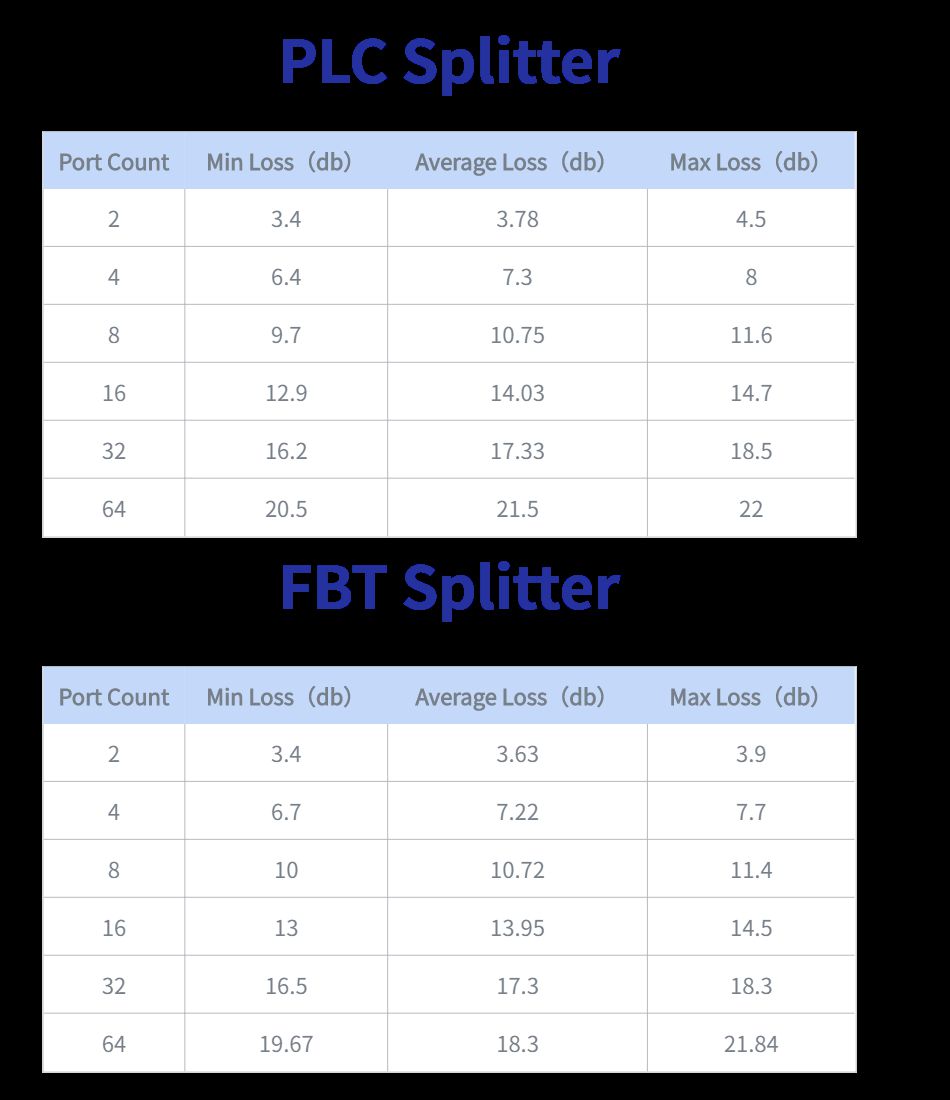
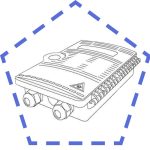 Fiber Optic Termination Boxes
Fiber Optic Termination Boxes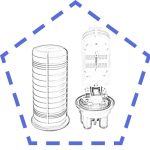 Fiber Optic Splice Enclosures
Fiber Optic Splice Enclosures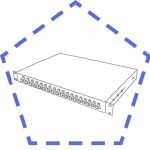 Fiber Patch Panels
Fiber Patch Panels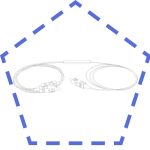 PLC Splitters
PLC Splitters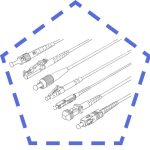 Fiber Optic Pigtails
Fiber Optic Pigtails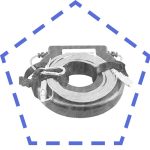 OTDR Launch Cables
OTDR Launch Cables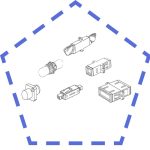 Fiber Optic Adapters
Fiber Optic Adapters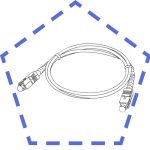 Fiber Optic Patch Cords
Fiber Optic Patch Cords